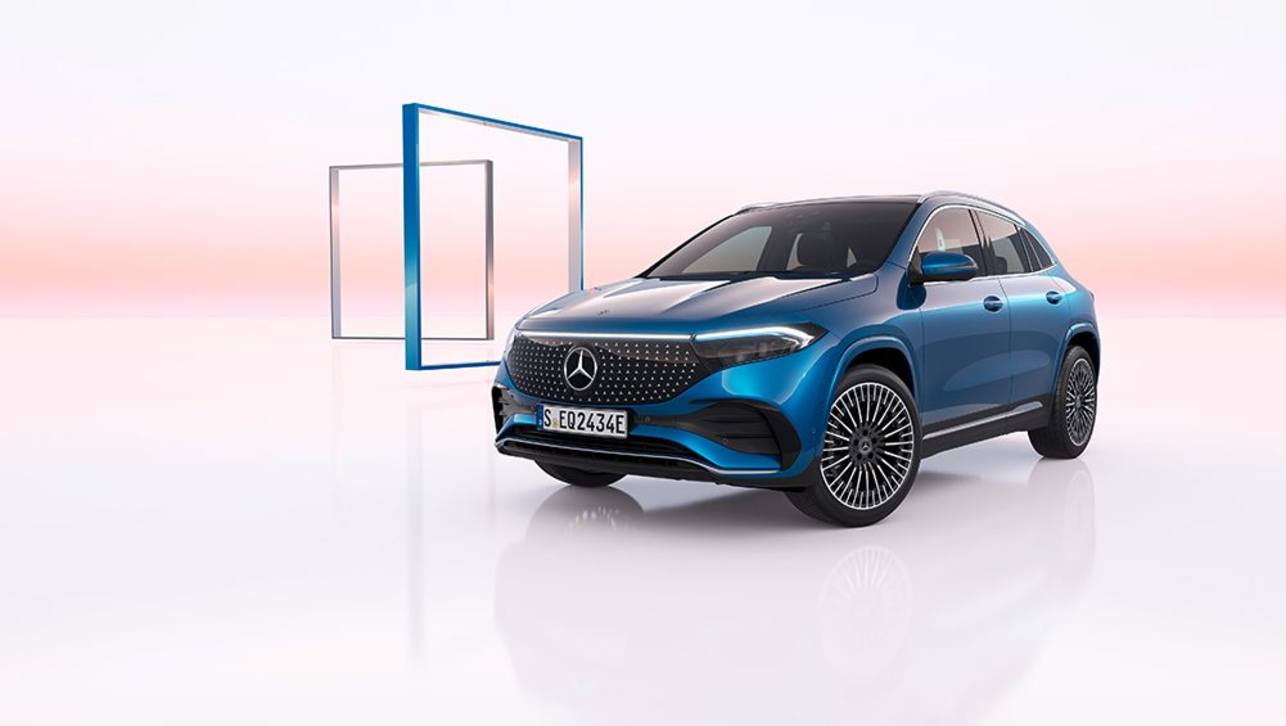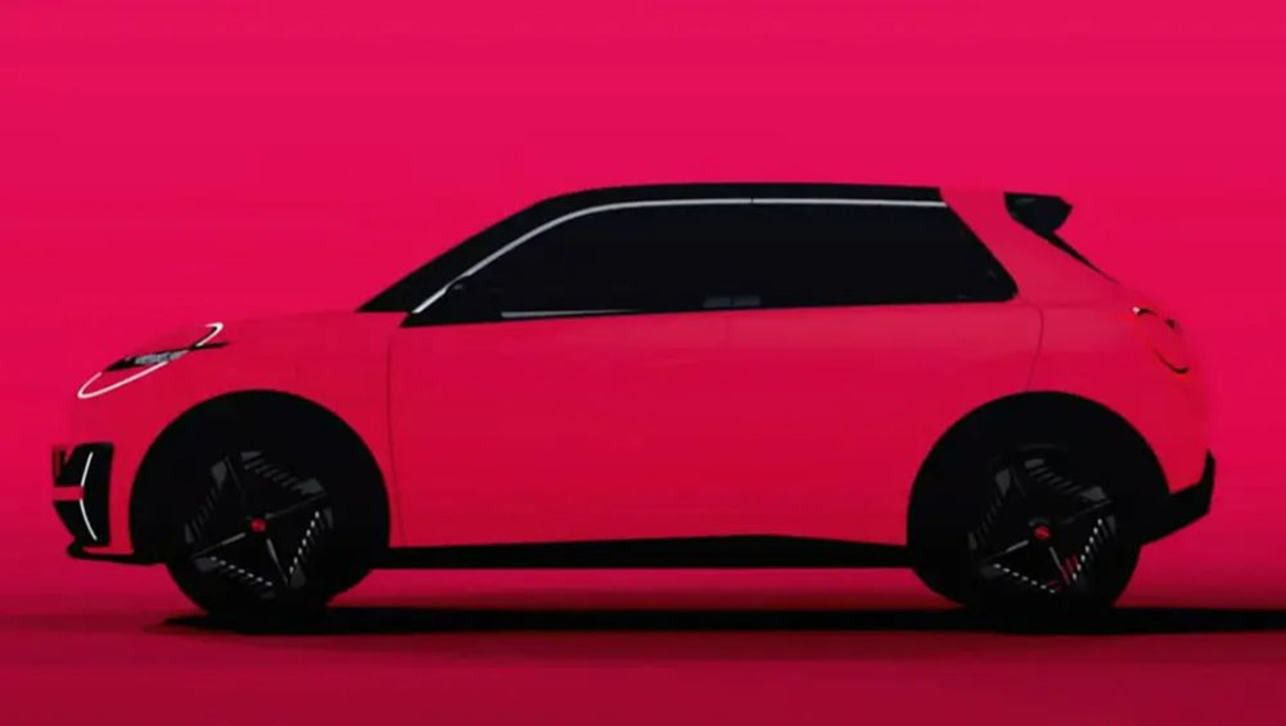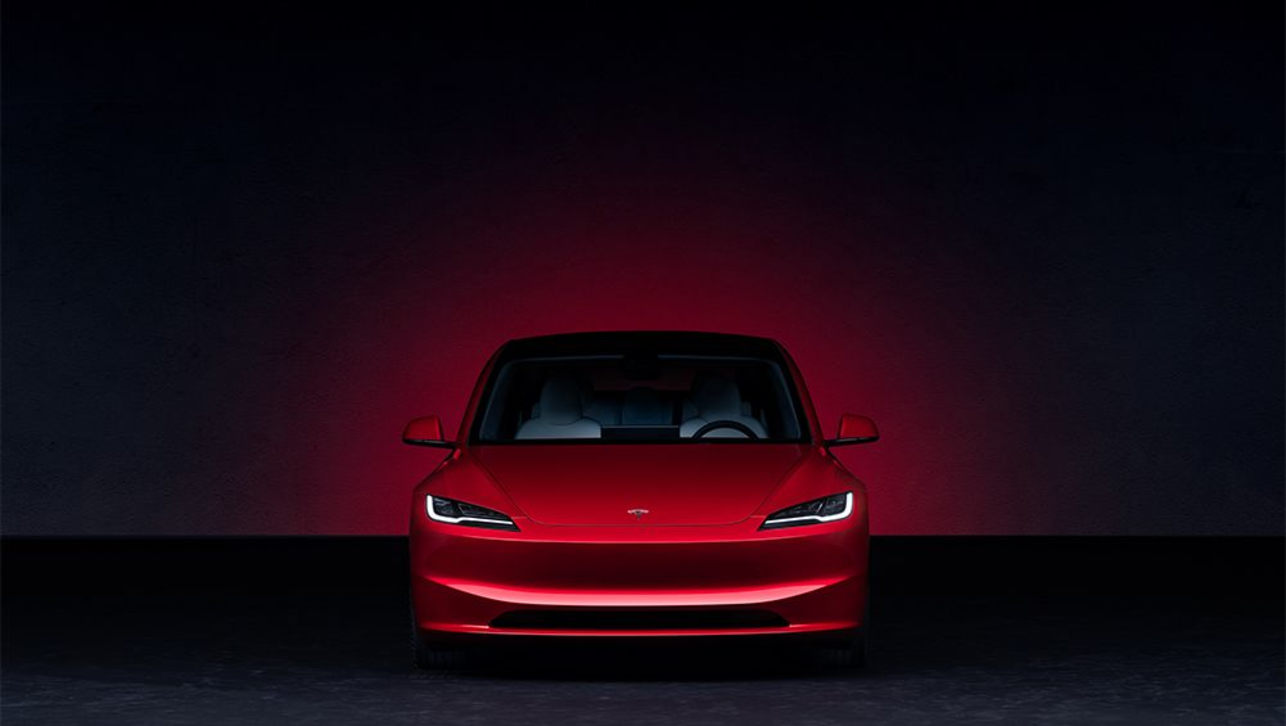Speaking to Australian media at the local launch of the Polestar 2 crossover, Polestar executives elaborated on how the new electric-only brand will only move further from its Volvo parent company as it releases future models.
While Polestar will continue to share its platforms and most of its electric drivetrains with its Volvo parent, the design language of the brand would evolve into something unique.
“The next SUV won’t be a rebadged Volvo XC90,” explained Polestar CEO Thomas Ingenlath, referring to the Polestar 3 SUV, expected to be revealed some time in 2022.
“It will have the wheelbase and share many of its proportions with the XC90, but the product we put on top of that platform will be a specific aerodynamic SUV – think Porsche Cayenne clientele.”
The comparisons to Porsche continued: “The production version of the Precept concept [expected to be the Polestar 5] is not a fastback limousine. Its proportions lead to a more accurate comparison to the Porsche Panamera, not a car like the Volvo S90. We need that kind of comparison for people to understand what it will feel like.”
“It is clear when we created Polestar that with Scandinavian design, there is more than one story to tell; Volvo and Polestar will be distinct from one another.”
Mr Ingenlath, originally a designer himself, even pointed to Saab as a historic Scandinavian player which once brought unique design to the car world, in support of the idea that there could be two distinct personalities from Swedish car design.
He also hinted that many signature elements of Polestar’s recent precept concept GT which would make it to future production models.
The Precept, a four-door GT concept revealed in February 2020, is larger than the Polestar 2 and previews new design elements, particularly in its face and tail, which move away from the elements the 2 shares with its Volvo cousins.
.jpg)
Particularly striking is the split headlight profile, deletion of the grille, new steering wheel, and interior floating consoles front and rear.
Like its Tesla contemporary, the Precept features a much larger 15-inch portrait touchscreen, and the brand promises a production version will built on its “close collaboration with Google”.
The interior is extensively made from recycled and sustainable materials, like claddings made from recycled PET bottles, reclaimed fishing nets and recycled cork. Like the Hyundai Ioniq 5, the Precept has flax-based composites used for materials both inside and outside the car.
Speaking on how future models will define the difference between Polestar and its Volvo sister brand, Mr Ingenlath said: “Everybody knows Volvo as the comfortable, family, safety brand.
“It would never want to build a sporty controversial car like the Precept, so it became clear if we wanted to move in this direction, we needed to create Polestar.
“Volvo is for the family; human centric, all encompassing. Polestar is more individualistic, sporty. You will immediately feel the difference between the two [Volvo and Polestar] in the way they drive.”
.jpg)
The production version of this concept is expected to be the flagship Polestar 5, due 2024, which will join the Polestar 3 large SUV slated to be revealed some time in 2022. The latter will be followed by a smaller Polestar 4 mid-size SUV, due 2023.
A new platform to underpin both future Volvo and Polestar vehicles (dubbed SPA2) will debut with the Polestar 3, and a high-end powertrain is being developed for Polestar specifically to help solidify its performance promise.
The motor, dubbed the ‘P10’, will be able to deliver up to 450kW in single-motor layout, or 650kW in dual-motor all-wheel-drive layout (promising higher performance than equivalent motors from Porsche and Tesla), and will feature a new two-speed gearbox, according to an investor briefing document.
.jpg)
Like its rivals, the new-generation architecture will also move to 800V and feature bi-directional charging, not currently a feature of the Polestar 2. The future Polestar models are all planned to feature a WLTP-rated range north of 600km.
The Polestar 2’s will be available online only, and buyers will be able to place orders in January 2022 for February deliveries.



.jpg)

.jpg)
.jpg)


.jpg)
.jpg)
.jpg)
.jpg)

.jpg)


.jpg)
.jpg)
.jpg)
.jpg)

.jpg)
.jpg)
.jpg)





Comments